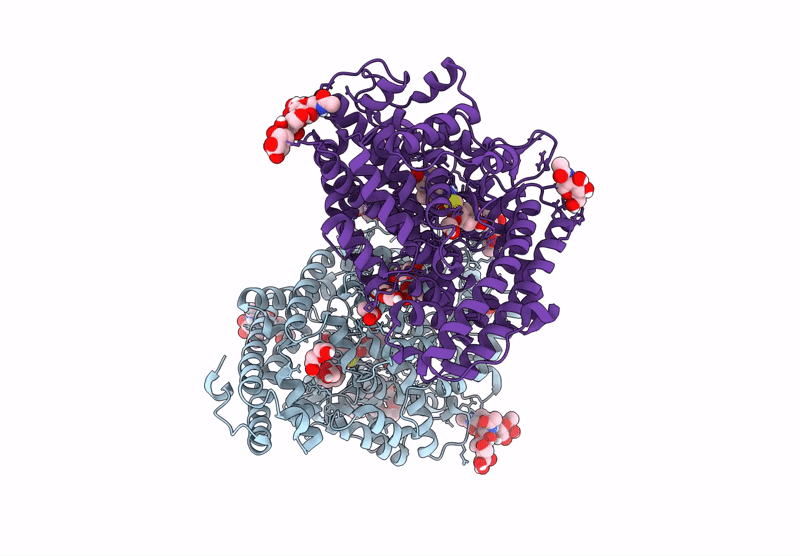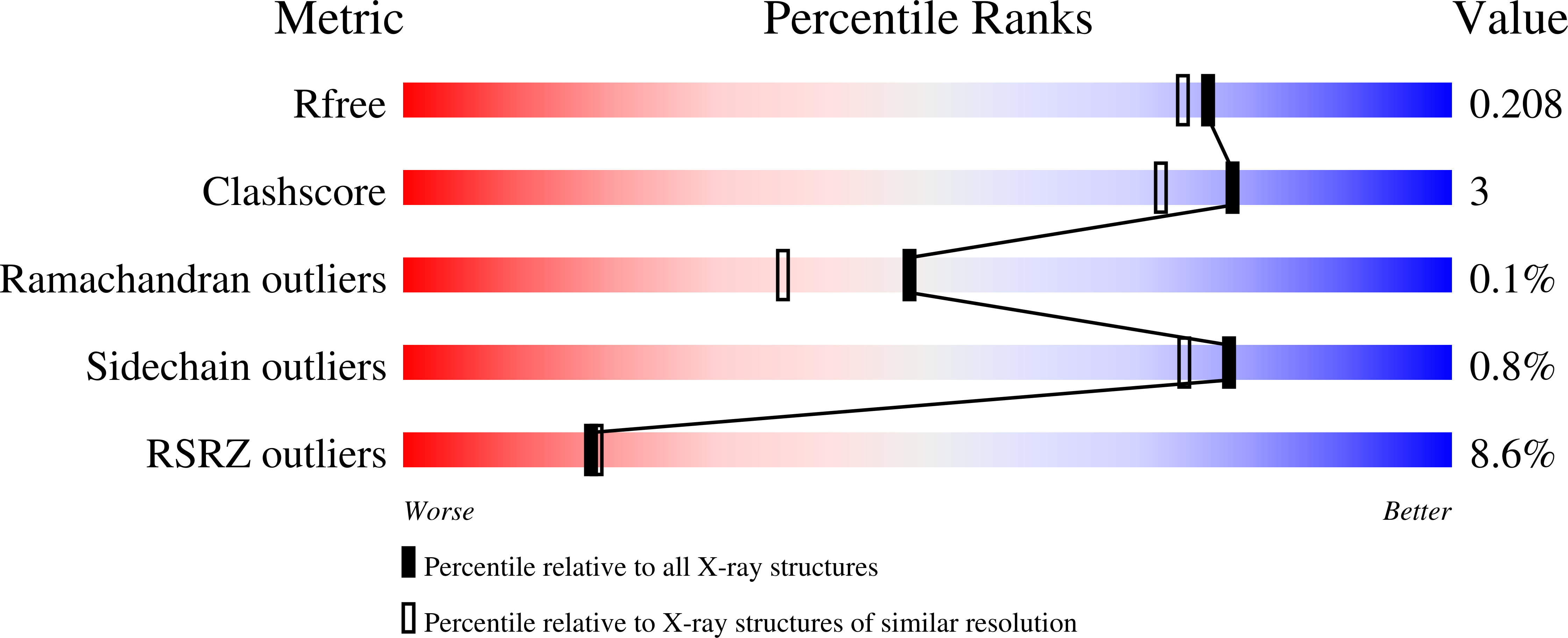
Deposition Date
2024-10-09
Release Date
2025-04-16
Last Version Date
2025-04-16
Entry Detail
PDB ID:
9H1A
Keywords:
Title:
Crystal structure of Angiotensin-1 converting enzyme N-domain in complex with dual ACE/NEP inhibitor AD014
Biological Source:
Source Organism:
Homo sapiens (Taxon ID: 9606)
Host Organism:
Method Details:
Experimental Method:
Resolution:
1.85 Å
R-Value Free:
0.20
R-Value Work:
0.18
R-Value Observed:
0.18
Space Group:
P 1


